Social well-being through open space planning: The Navi Mumbai case study - Question of Cities
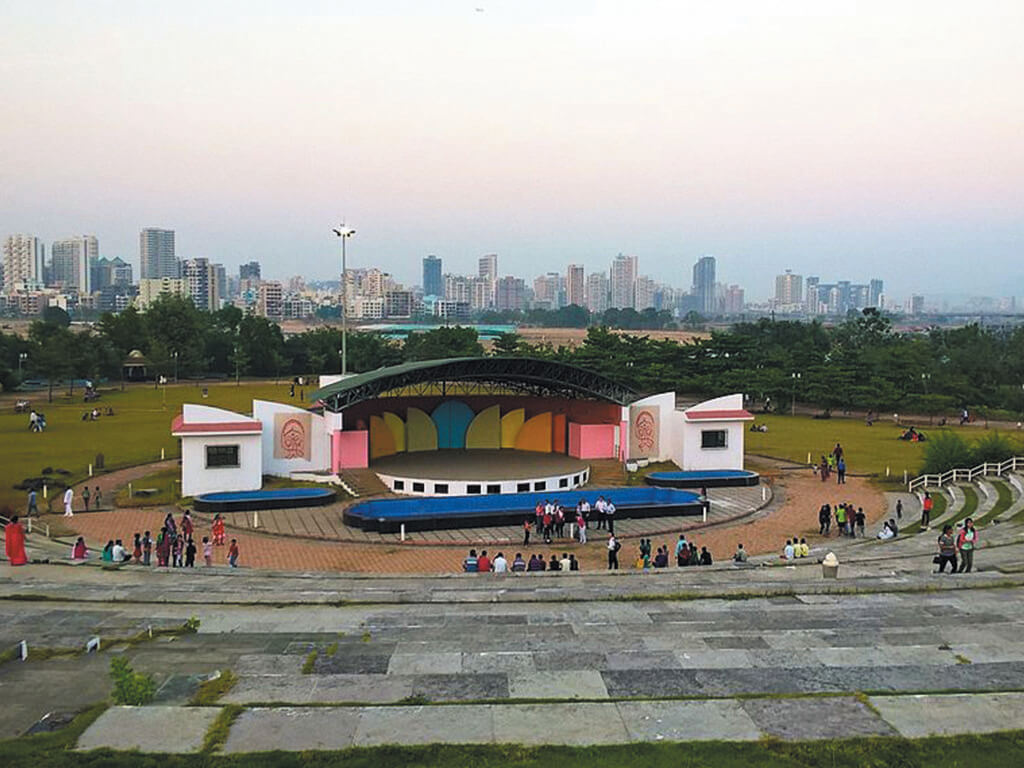
By A Mystery Man Writer
The new city on a vast greenfield area across the Mumbai harbour was planned in the 1960-70s to decongest the increasingly-dense Mumbai. The master plan for Navi Mumbai, modelled on self-reliant inter-connected nodes, each with amenities for housing as well as green open spaces, has been implemented over the last few decades – with success. Navi Mumbai meets the parameters and follows the hierarchy of green open spaces in each of the seven planned nodes. These spaces are major contributors to the social well-being of people living and working in them, they are also a successful and efficient climate-resilient tool.
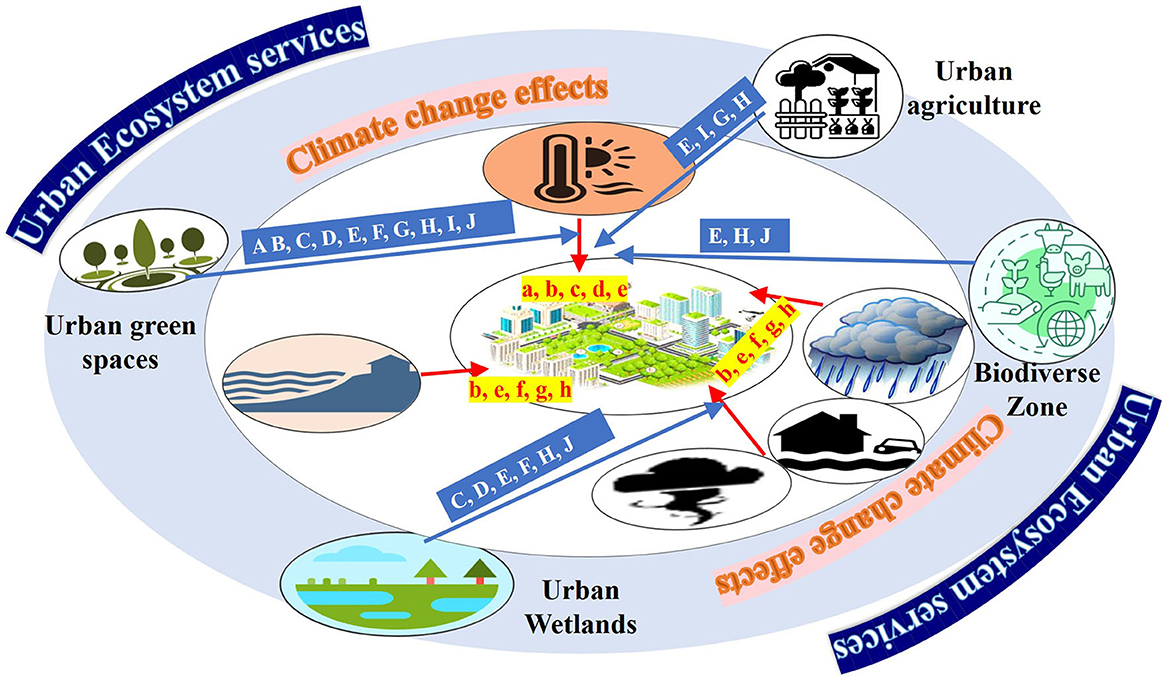
Frontiers Urban ecosystem services and climate change: a dynamic interplay
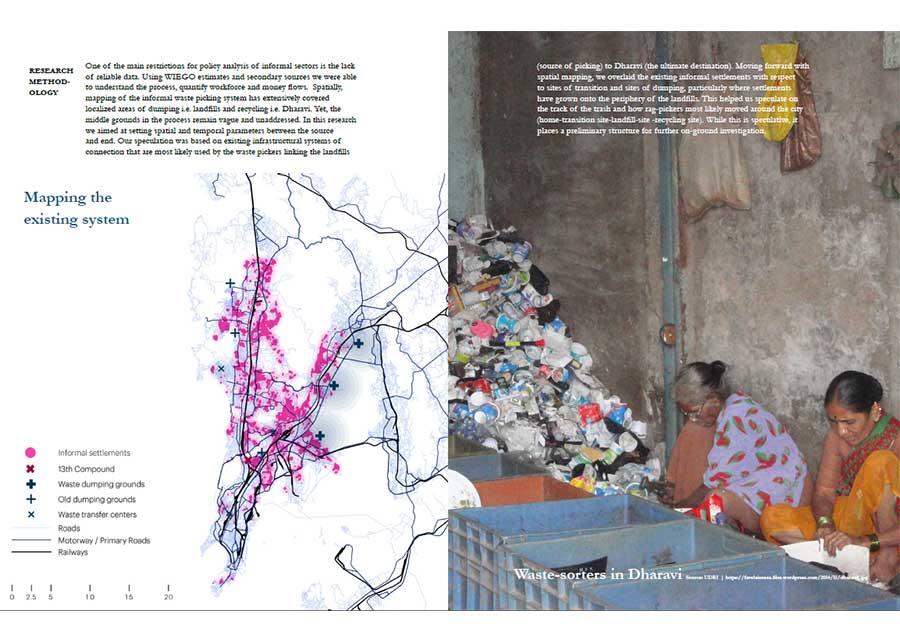
Mumbai Harvard Mellon Urban Initiative

Sustainability, Free Full-Text

Prachi Merchant posted on LinkedIn

Navi mumbai
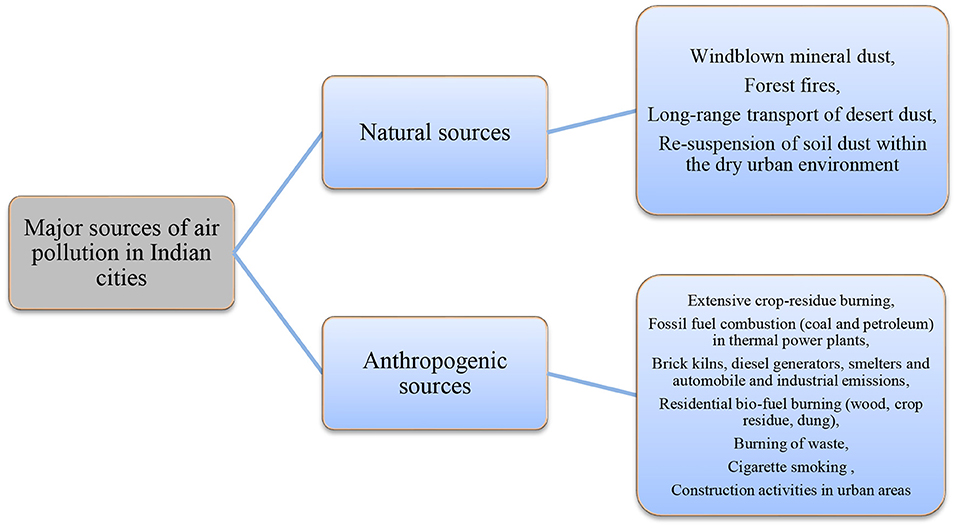
Frontiers Air Pollution, Climate Change, and Human Health in Indian Cities: A Brief Review

Reconfiguring public spaces within the new normal

Yogesh Dandekar on LinkedIn: Bringing you the story of an emerging

Yogesh Dandekar on LinkedIn: A call to my network. Help me spread

TDR - TRANSFER OF DEVELOPMENT RIGHTS

Mumbai megacity case study - Mumbai is the largest city in India and the fourth largest city in the - Studocu

Prachi Merchant posted on LinkedIn

Understanding the Notion of Social Spaces within Market Streets –

The New City Multilateralism Council on Foreign Relations
- 1,293 Navi Mumbai Images, Stock Photos, 3D objects, & Vectors

- Navi Mumbai realty hits Rs 25-cr mark
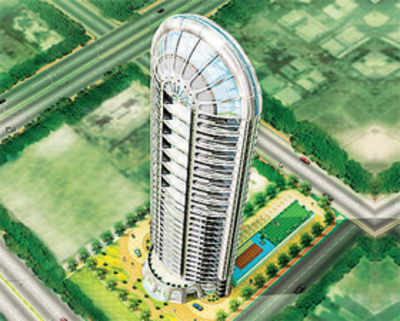
- Adani Group's $2.1 billion Navi Mumbai Airport to boost India's

- In Navi Mumbai, realty projects worth ₹5,000Cr to inch ahead; 3,500 buildings awaiting redevelopment to benefit
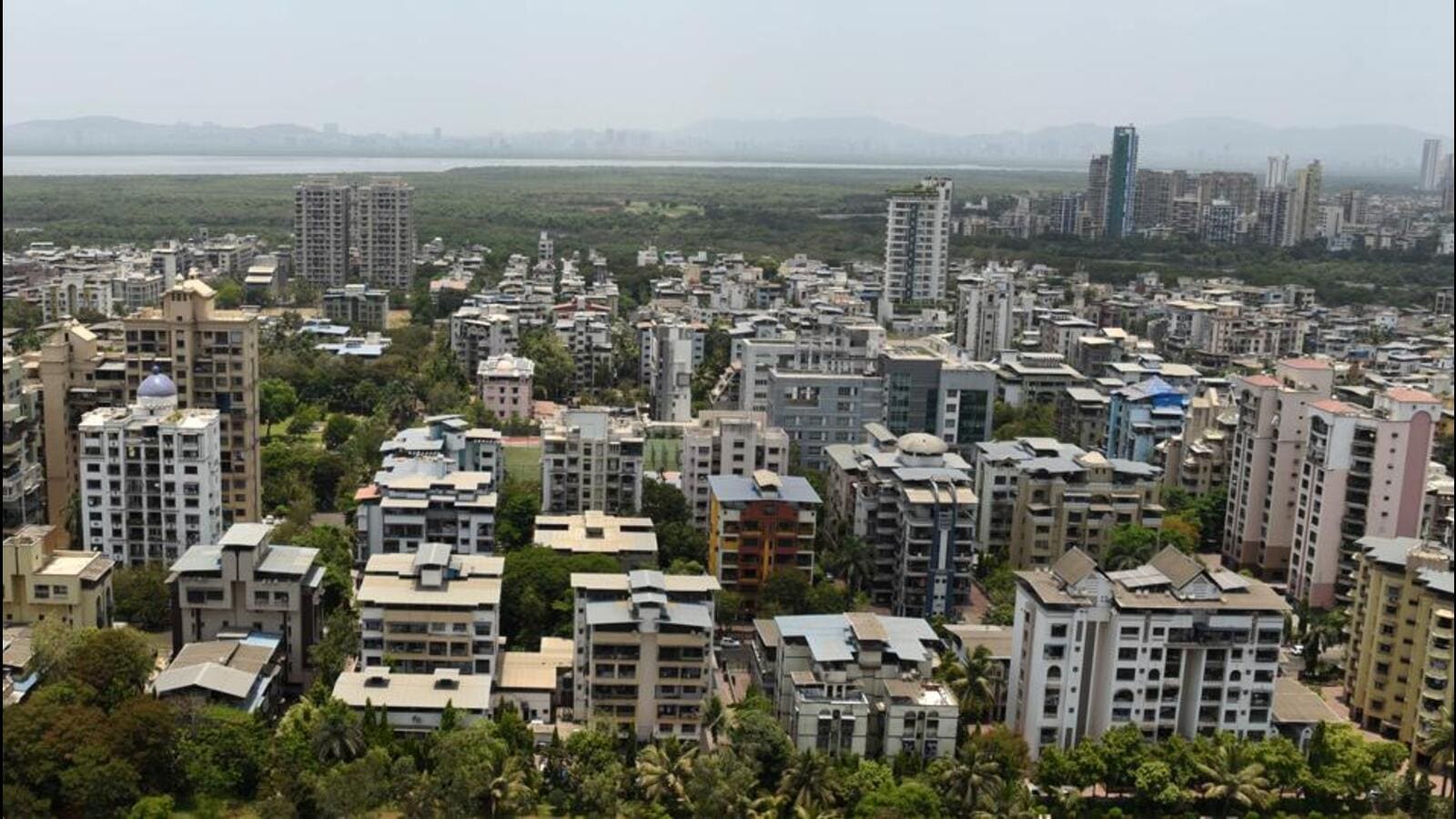
- Navi Mumbai gets its first metro line: Check out timings, routes





